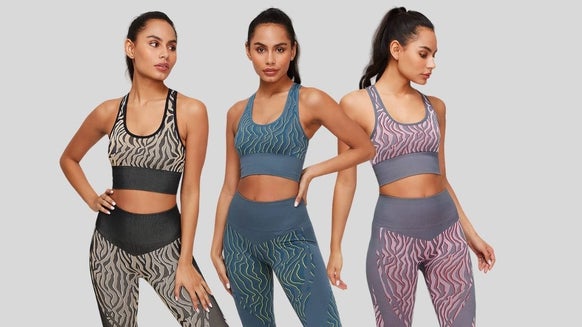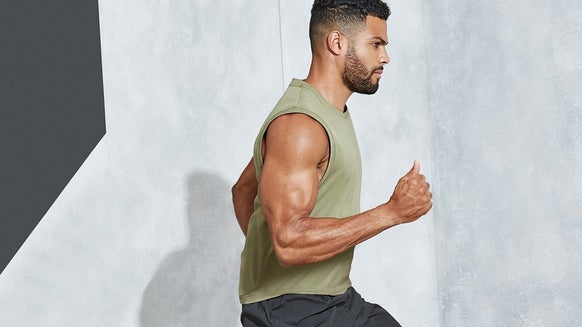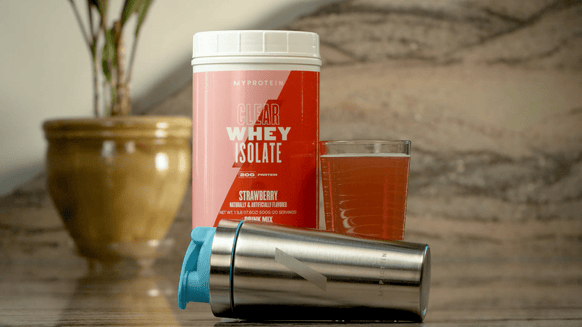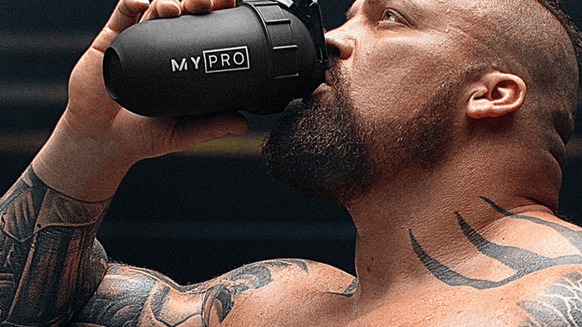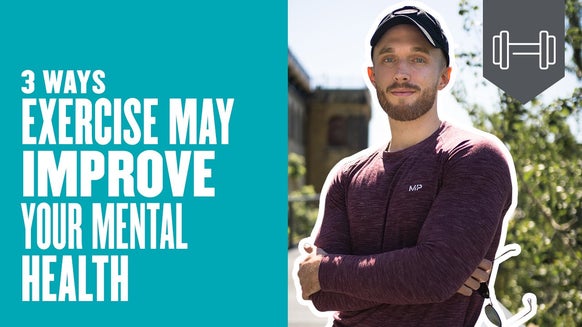Hot vs. Cold: The Health Benefits of Temperature Therapy
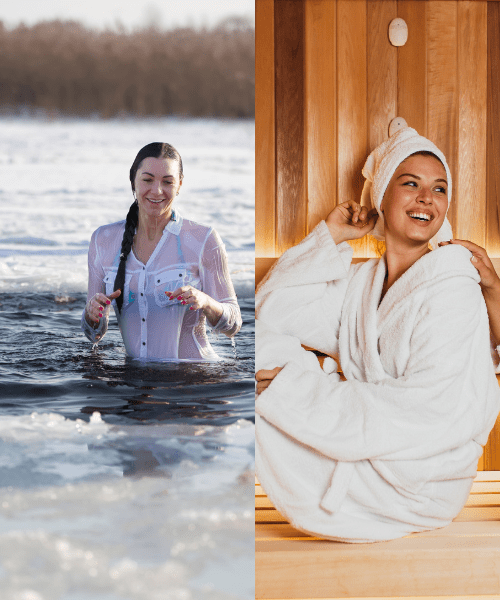
Hot or cold? The timeless question. Today, there are many therapies and practices involving specifically hot and specifically cold temperatures. Here we're breaking down two major temperature-oriented practices: saunas and cold therapy. People enjoy both of these and there are distinct health benefits associated with each. The question is, which is better, hot or cold?
Saunas
A sauna is a form of whole-body thermotherapy that has been used for thousands of years around the world. 1 People use saunas for various reasons, including as a form of relaxation and socializing. You'll find a sauna at many fitness centers and at just about any spa. Some even build saunas in their homes for constant access to the therapy. The temperature of a sauna can range from 150 to 195 degrees Fahrenheit, and users typically will only remain in the steam rooms for short periods of time- no longer than 20 minutes.
Health Benefits
There are some impressive physical health benefits people claim saunas can help with including detoxification, increased metabolism, weight loss, improved immunity, and pain reduction, to name a few. 1 But what does the research actually say about the health benefits of saunas? According to a 2018 research article published in the Hindawi journal, there are some health benefits of sauna bathing that are very real. The review analyzed 40 different studies on saunas and found that the practice, when done regularly, is linked to reduced overall mortality and reduced incidents of cardiovascular events and dementia, at least in men. 1
Additionally, saunas have been shown to improve symptoms of various diseases, mainly cardiovascular disease, as well as help reduce chronic pain. 1 The practice may also improve exercise performance in athletes, the skin moisture barrier, and overall quality of life. 1 So if you're looking to detox and unwind, and improve your overall health, sounds like saunas are for you. But they're not the only practice that boosts wellness and has a relaxing effect.
Cold Therapy
Cold therapy, the polar opposite of a sauna (no pun intended), has its own unique motivations and health benefits. Athletes utilize the practice to soothe sore muscles after exercising.
Types of Cold Therapy
There are different types of cold therapy people partake in. Some use whole-body cryotherapy, which is an extreme form of cold therapy. Cryotherapy involves standing in a room or chamber for 1-4 minutes in temperatures ranging from -76 degrees Fahrenheit to as low as -319 degrees Fahrenheit.2 A much more mild version of cold therapy is taking an ice bath, which is currently very popular. Many celebrities swear by ice baths for their health and wellness benefits including Chris Hemsworth. You can find Hemsworth taking a cold dip as a part of his mission to challenge his body and attain longevity on the National Geographic original series Limitless.
Reduces Pain & Inflammation
Cold therapy has been shown to be effective in reducing inflammation after exercise and promoting recovery. 2-3 The practice is very popular in sports and medicine for its ability to alleviate pain and inflammation through analgesia.2 Analgesia happens upon exposure to very cold temperatures when the functional connections with sensory receptors in the nervous system are disabled. This basically means that you can no longer feel pain because your pain receptors lost their connection.
Chronic Illness
Many people with chronic conditions and diseases also utilize cold therapy to alleviate chronic pain. To reduce pain with cold therapy, you can use localized application methods like ice packs or an ice bath, or whole-body application like a cryotherapy chamber. 4 Like saunas and heat therapy, cold therapy has been around for centuries. The science behind why cold therapy reduces pain has to do with a reduction in inflammation, swelling, and oxidative stress, in addition to analgesia. So if you're feeling pain in your body, or want to soothe some sore muscles, cold therapy can work wonders.
Take Home Message
All in all, both hot and cold therapies have their benefits, and which one will work better for you will depend on what you're using it for. The health benefits of both types of temperature therapy have been proven and used for ages. Both cold and hot therapy can be used to alleviate chronic pain and reduce symptoms of various diseases. So this winter, you can't go wrong with either warming up in the sauna or jumping in an ice bath (although one definitely sounds more enjoyable than the other).
READ THESE NEXT:

Studies Show Early Rising is Good For You After All
Learn the benefits of going to bed and rising early according to the latest research; it looks like you're in luck if you're a morning person.
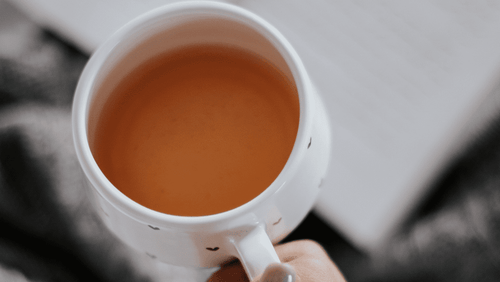
Here's the Tea: Studies Show Drinking Tea Boosts Longevity
Drinking tea isn't just for the taste; see the latest research on the health benefits of tea for women in the long run, and what it can do for you.
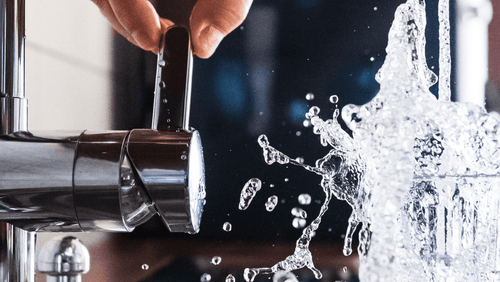
What’s In Your Water? | The Facts
Contaminated drinking water poses many health risks and is more common than you think. Learn what's in your water supply, and what you can do about it.

A Rutgers University Honors graduate, Jamie grew up on the Jersey shore and double majored in Comparative Literature and Anthropology in college. Jamie is an experienced writer in the health and wellness, biotech, and eCommerce fields. She loves writing with a purpose and has even written for the Department of Justice.
Jamie became drawn to exercise during her time in university and began to notice the physical and mental benefits of moving your body daily. Today, Jamie enjoys Pilates, light weight training, and going on long walks in nature daily.
Jamie is also passionate about eating right and prioritizing gut health and immunity. She is always trying the next innovation in health and wellness. When she’s not writing articles, Jamie enjoys reading, playing guitar, and finding dogs to play with.
1.Hussain J, Cohen M. Clinical Effects of Regular Dry Sauna Bathing: A Systematic Review. Evid Based Complement Alternat Med. 2018 Apr 24;2018:1857413. doi: 10.1155/2018/1857413. PMID: 29849692; PMCID: PMC5941775.
2. Bouzigon R, Dupuy O, Tiemessen I, De Nardi M, Bernard JP, Mihailovic T, Theurot D, Miller ED, Lombardi G, Dugué BM. Cryostimulation for Post-exercise Recovery in Athletes: A Consensus and Position Paper. Front Sports Act Living. 2021 Nov 24;3:688828. doi: 10.3389/fspor.2021.688828. PMID: 34901847; PMCID: PMC8652002.
3. Dupuy O, Douzi W, Theurot D, Bosquet L, Dugué B. An Evidence-Based Approach for Choosing Post-exercise Recovery Techniques to Reduce Markers of Muscle Damage, Soreness, Fatigue, and Inflammation: A Systematic Review With Meta-Analysis. Front Physiol. 2018 Apr 26;9:403. doi: 10.3389/fphys.2018.00403. PMID: 29755363; PMCID: PMC5932411.
4.Garcia C, Karri J, Zacharias NA, Abd-Elsayed A. Use of Cryotherapy for Managing Chronic Pain: An Evidence-Based Narrative. Pain Ther. 2021 Jun;10(1):81-100. doi: 10.1007/s40122-020-00225-w. Epub 2020 Dec 14. PMID: 33315183; PMCID: PMC8119547.

